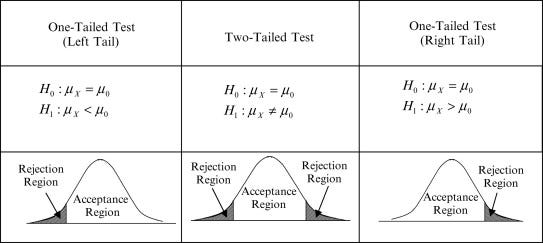The Alpha (α) And P-Value Concept You Need to Know
Alpha and p-value are important concepts in statistics that you'll come across frequently. They play a key role in hypothesis testing, helping data scientists decide whether to accept or reject a hypothesis.
Alpha (α) Value
Alpha (α), also called the significance level, is a crucial concept in statistics. It represents the chance of making a mistake by wrongly rejecting a hypothesis when it's actually true. Typically, it's set at 5%, meaning that in a group of data, if you drew a range of values where the average could be, 5 times out of 100, you might say it's not within that range when it actually is. This alpha value signifies how much risk you're willing to take if you make an error.
Depending on the situation, you might be okay with a higher alpha, like 20%, which means you're fine with the idea of incorrectly rejecting the hypothesis more often. However, in critical fields like medicine where patient safety is at stake, you'd set the significance level as low as possible, even as low as 0.1%, to minimize the chance of making any mistakes because errors can have serious consequences.
In this picture, you can see the areas where you can decide to reject the null hypothesis for various types of tests.
Keep in mind that in a Two-Tailed test, where we're looking at both ends of the data, the combined rejection regions on both sides will equal the total alpha value. For example, if α is set at 5%, each rejection region on the left and right sides will be 2.5%.
P-value
The p-value is a number you get from your hypothesis test. It shows the probability of getting a result like the one you observed, assuming the null hypothesis is true. In simple terms, it tells you how likely your data is if the null hypothesis is correct.
If the p-value is smaller than your chosen significance level (alpha), you reject the null hypothesis. For example, if your null hypothesis is that the average is 100, and you get a p-value of 0.02, it means there's a 2% chance of seeing a value of 100 or more if the null hypothesis were true. If your alpha is 5%, you'd reject the null hypothesis because 2% is less than 5%. But if your alpha is 1%, you'd keep the null hypothesis because 2% is more than 1%.
To use the p-value and significance level together, first, you set your alpha (e.g., 10%). Then, when you calculate the p-value, if it's greater than your alpha, you don't reject the null hypothesis. If it's smaller, you reject it. When they're very close, like a p-value of 0.11 and an alpha of 10%, you have to decide whether to reject or not, or you might gather more data to make a better decision.
Your support is invaluable
Did you like this article? Then please leave a share or even a comment, it would mean the world to me!
Don’t forget to subscribe to my YouTube account HERE, Where you will get a video explaining this article!




